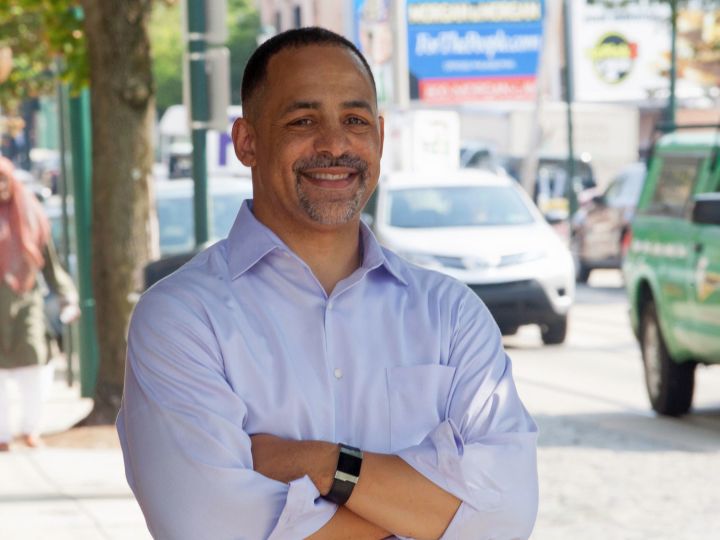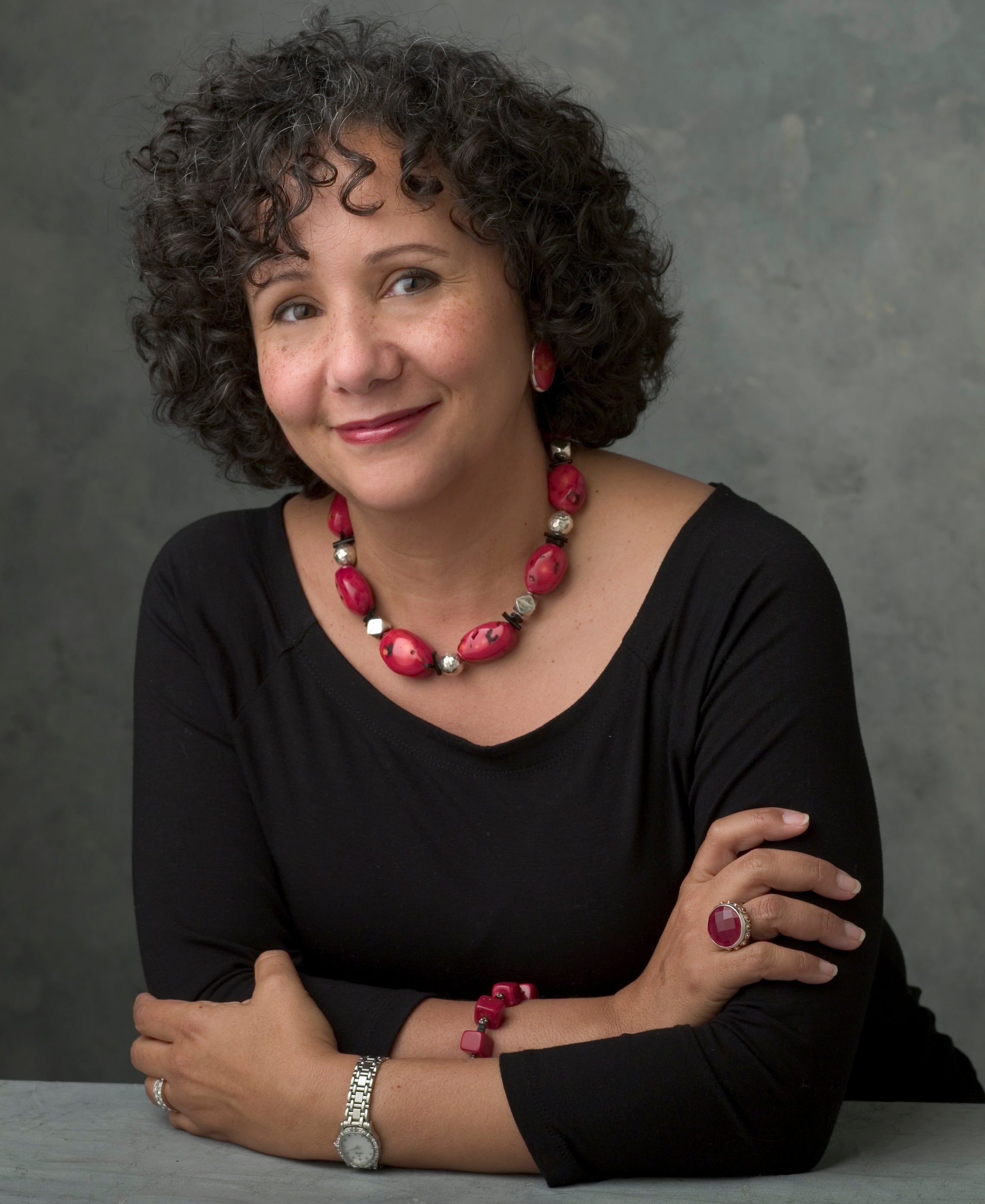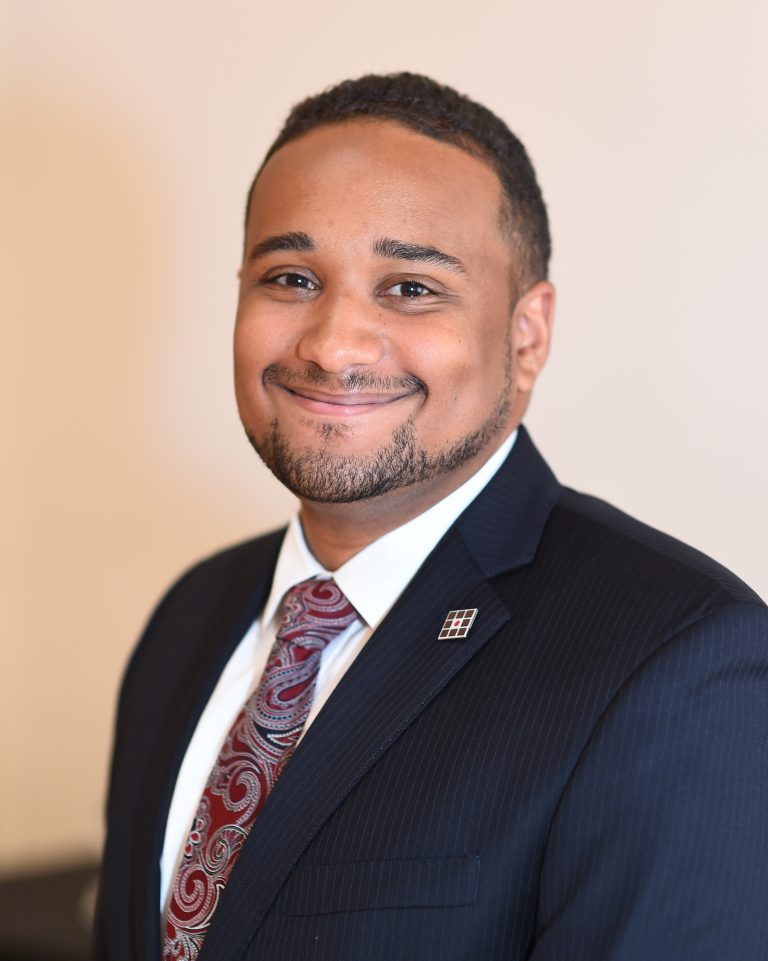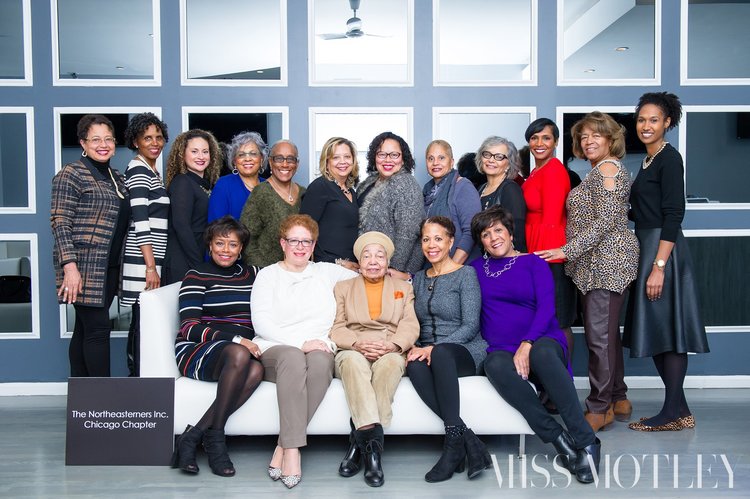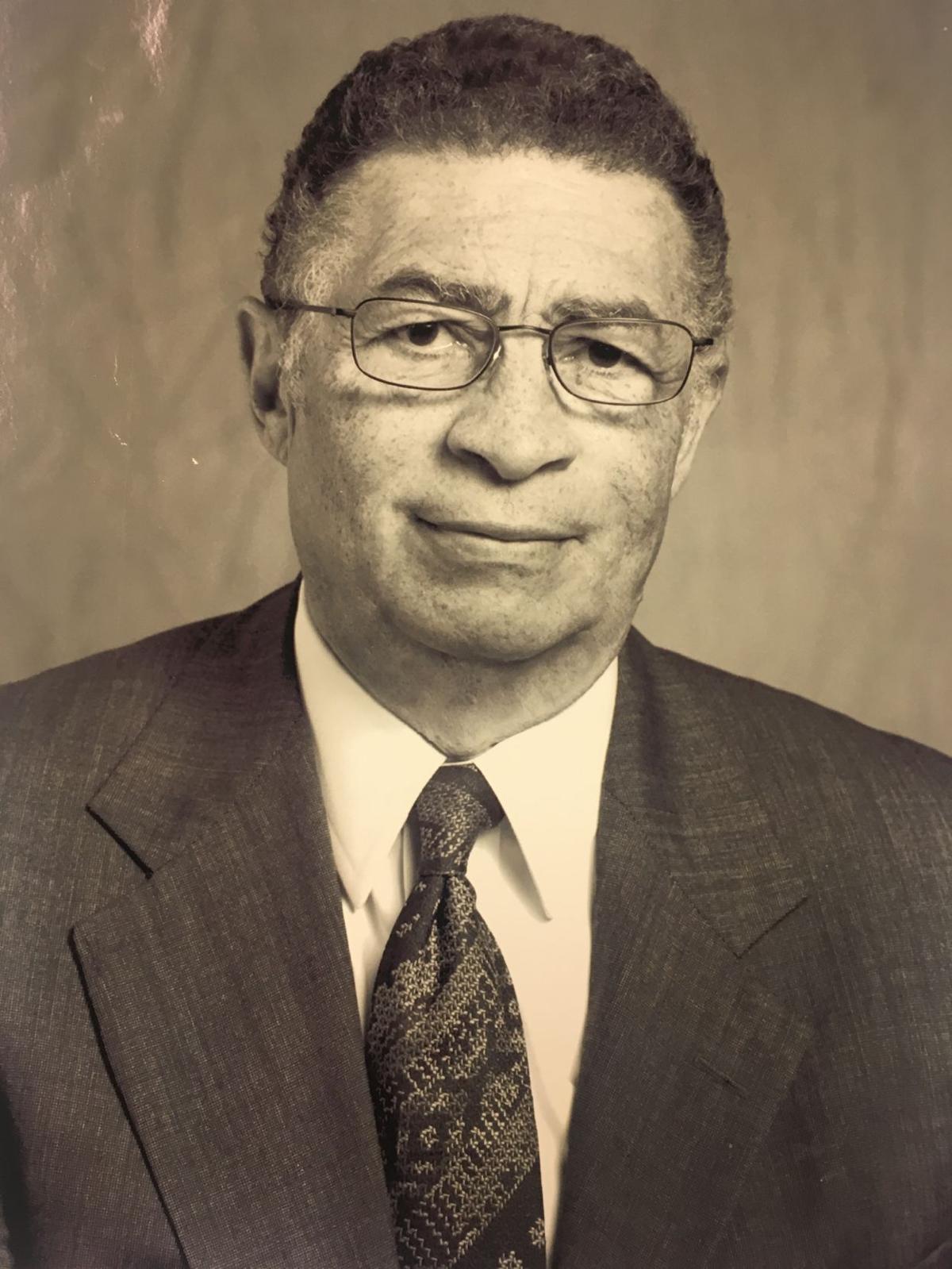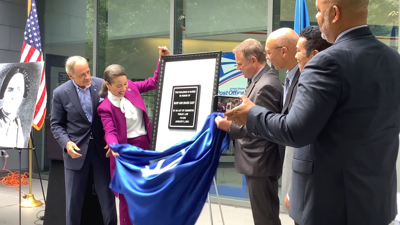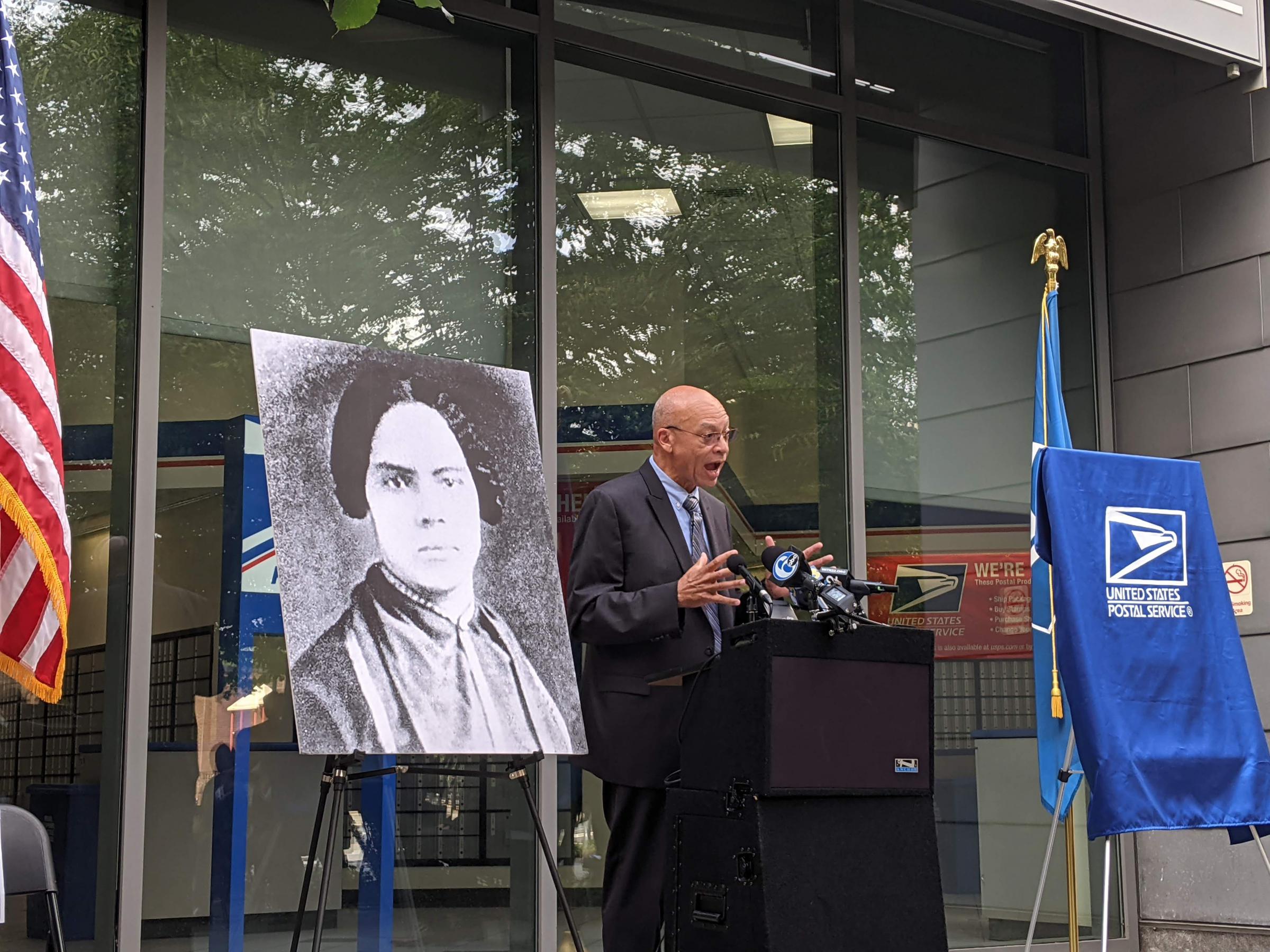Ailey II Names a New Artistic Director
For the dancer, choreographer and director Francesca Harper, an “Ailey baby,” this new role is also a homecoming.
Francesca Harper has relationships in all facets of the dance world.
By
Gia Kourlas
Sept. 1, 2021
Ailey II, the second company of Alvin Ailey American Dance Theater, has a new artistic director, Francesca Harper, the company announced on Wednesday.
Harper, a dancer, choreographer and director, whose career has spanned the worlds of ballet and Broadway, may not have danced with either Ailey company, but she is no stranger to the organization. Her mother, Denise Jefferson, directed the Ailey School from 1984 until
her death in 2010. Harper didn’t just attend dance classes at the school; she practically grew up there.
“I’ve always admired how she navigated her career, sort of coming up as an Ailey baby but then charting her own course,” said Robert Battle, the artistic director of the Ailey company, who with Bennett Rink, the executive director of the Alvin Ailey Dance Foundation, chose Harper for the role. “She’s an inspiration for being bold and trying different things. The other part of it is just her as a teacher: She has that nurturing quality that is so important. I think she has the right amount of empathy, but discipline, to impart.”
As a young dancer, Harper, who begins her new job on Sept. 7, was drawn to ballet. Alvin Ailey, who knew her since she was a toddler, encouraged her. “He used to walk around in socks, which was really fun,” she said. “He would come into the student lounge and he would ask us how we were, how our grades were all the time. I remember complaining about my feet being too big. And he says, ‘Francesca, the better to balance on. Don’t ever be self-conscious of your feet.’”
Harper went on to become a member of Dance Theater of Harlem and William Forsythe’s Ballet Frankfurt. She said Ailey told her: “‘You always have a home waiting for you.’
Harper, whose Broadway credits include “Fosse,” “All Shook Up” and “The Color Purple,” has taught at the Ailey school for more than two decades; she has choreographed two works for Ailey II and one for the main company. Since 2005, she has directed the Francesca Harper Project, but will be giving that up.
During the pandemic, she has kept busy, but working behind the camera: She produced 16 virtual films.
Harper first became interested in film in Frankfurt when Forsythe incorporated it into his work. “That’s also been one of my passions,” she said. “I could sit and edit at the computer for hours. It’s similar to choreography for me.”
Battle said he was attracted to that breadth of artistry. “As we start to expand on this digital footprint into collaborations with different kinds of artists and companies and platforms,” he said, “she has already been leaning into that.”
Harper succeeds
Troy Powell, who was forced out of his job last summer amid allegations of “inappropriate communications” with adult students in the company’s training program.
Ailey II will return to the stage in December with the Ailey company’s annual season at New York City Center, in which it will perform in Ailey’s “Memoria” and will present its own 2022 New York season March 23-April 3 at the Ailey Citigroup Theater, as well as a U.S. tour.
While some members of Ailey II go on to join the main company, there aren’t spots for all. Harper, who called herself a “contact queen,” has relationships in all facets of the dance world. Connecting dancers with directors and companies is part of the job that she relishes.
“That’s what I also saw my mom do, and she just got such pleasure,” Harper said. “I think that’s really just making these dreams happen. You fall in love. I know I’m going to fall in love with these company members and I want to make sure I take care of them.”







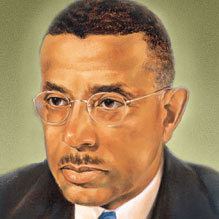



/cdn.vox-cdn.com/uploads/chorus_image/image/65218781/Declaration_of_Independence_dots___Arlen_Parsa_HQ.0.jpg)



